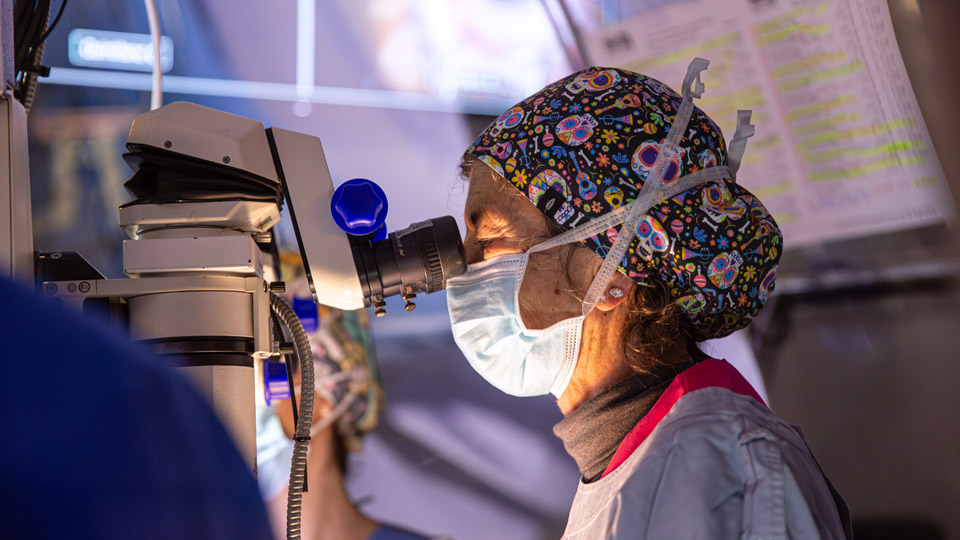All about the skin around the eyes and “drooping” eyelids
04/04/2025

26/06/2024
Cataract surgery is one of the most common and successful surgical procedures worldwide. As the population ages, the incidence of cataracts is expected to increase, making advances in surgical techniques and technologies crucial for improving patient outcomes. Recent innovations in cataract surgery have focused on increasing precision, reducing recovery times, and optimizing visual outcomes, thereby significantly improving patients' quality of life.
Innovations in intraocular lenses (IOLs)
The development of intraocular lenses (IOLs) has also revolutionized cataract surgery. Traditional monofocal IOLs provide clear vision at a single distance, usually far, requiring patients to wear glasses for near or intermediate tasks. However, new multifocal and extended depth of focus IOLs allow clear vision at multiple distances, reducing or eliminating the need for glasses after surgery. Additionally, toric IOLs are specifically designed to correct astigmatism, providing patients with greater visual acuity and reducing reliance on corrective lenses.
Improved surgical and visualization tools
Technological advances in surgical tools and visualization techniques have also contributed to the success of cataract surgery. Improved visualization systems, such as optical coherence tomography (OCT)-guided surgery, provide high-resolution cross-sectional images of the eye, allowing surgeons to perform more precise and safer procedures.
Minimally invasive techniques
Minimally invasive cataract surgery techniques have been developed to reduce surgical trauma and promote faster recovery. Microincision cataract surgery involves making smaller incisions than traditional methods, resulting in quicker healing and less postoperative discomfort. Additionally, advances in phacoemulsification technology, such as ultrasound power modulation and fluid control, have made the procedure safer and more efficient.
Patient-centred treatments
The shift toward patient-centred approaches in cataract surgery has led to personalized treatment plans tailored to each patient's specific needs and lifestyle. Preoperative diagnostics and advanced imaging technologies allow for detailed evaluations of the eye, helping to determine the most appropriate type of IOL for each person. This personalized approach ensures better visual results and greater patient satisfaction.
As technology continues to evolve, future innovations promise to further improve the quality of life for millions of patients around the world, ensuring that cataract surgery remains an effective treatment for restoring vision.
Dr. Elena Barraquer, ophthalmologist at the Barraquer Ophthalmology Centre
Cataracts are an eye condition that will affect 100% of the population and surgery is its only treatment. But this common procedure continues to cause a great deal of concern to patients because of lack of awareness and due to a large number of false myths that must be debunked.